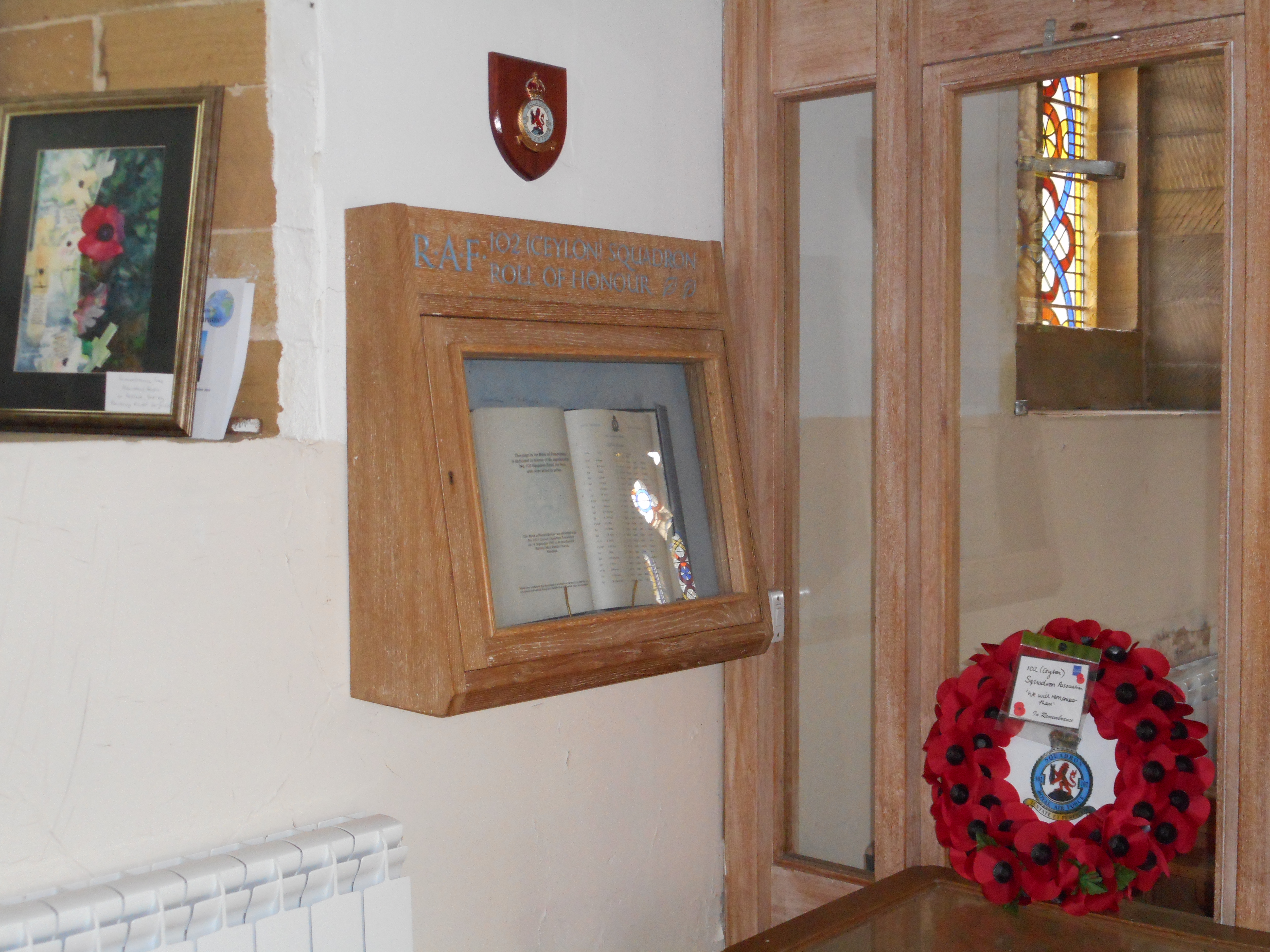Ellis, Ronald
Personal Information
| Rank | P/O |
| Forename(s) | Ronald |
| Surname | Ellis |
| Gender | M |
| Age | 21 |
| Date of Death | 09-10-1943 |
| Next of Kin | Son of Frederick Valentine Ellis and Fanny Ellis, of Hull. |
Aircraft Information
| Aircraft | Handley Page Halifax II |
| Serial Number | HX173 |
| Markings | DY-N |
Memorial Information
| Burial/Memorial Country | Germany |
| Burial/Memorial Place | Hanover War Cemetery |
| Grave Reference | 5. B. 1. |
| Epitaph | GOOD NIGHT, RONNIE, GOD BLESS |
IBCC Memorial Information
| Phase | 2 |
| Panel Number | 160 |
Enlistment Information
| Service Number | 159481 |
| Service | Royal Air Force Volunteer Reserve |
| Group | 4 |
| Squadron | 102 (Ceylon) |
| Squadron Motto | Tenate et perficite (Attempt and achieve) |
| Trade | Pilot |
| Country of Origin | United Kingdom |
Other Memorials
| Location | St. Catherine's Church Barmby Moor, East Yorkshire |
| Country | United Kingdom |
| Memorial Type | Roll of Honour in wall mounted wooden case, Sqn Badge above |
| Memorial Text | 102 (Ceylon) Sqn Roll of Honour and Sqn badge |
| Location | Pocklington Gliding Club, Pocklington Airfield, Easy Yorkshire |
| Country | United Kingdom |
| Memorial Type | Stylised Memorial with inscribed metal plaque |
| Memorial Text | Memorial to 102 (Ceylon) Sqn RAF and 405 (Vancouver) Sqn RCAF which served at RAF Pocklington during WW2 |
Commonwealth War Graves Commission
The National Archives
| Record of Events (Operational Record Book) AIR 27/809/20 |
| Summary of Events (Operational Record Book) AIR 27/809/19 |
Fellow Servicemen
Please note that this list gives all the losses aboard the quoted aircraft and occasionally these may have occurred on an earlier date when the aircraft was not itself lost. Please check the dates of death carefully.
Last Operation Information
| Start Date | 08-10-1943 |
| End Date | 09-10-1943 |
| Takeoff Station | Pocklington |
| Day/Night Raid | Night (74% moon) |
| Operation | Hanover. 504 aircraft and the last to include Wellingtons, none of which were Lost 27 Lancasters and Halifaxes were Lost (5.4%). The Germans had correctly assumed that Hanover was the target and there was much night-fighter activity as a result. The conditions were clear and both marking and the subsequent bombing were accurate and concentrated, with little creepback. The electrical, water and telephone services were destroyed in what was Hanover's worst attack of the war. An impressive marshalling regime on the ground concentrated the public into areas between the fires, saving many lives. Even so, 1200 people were killed and 3345 injured. almost 4000 buildings were destroyed amongst which were the Continental rubber factory and Hanomag machine works. |
| Reason for Loss | Crashed south of Lichtenhorst, Germany |





